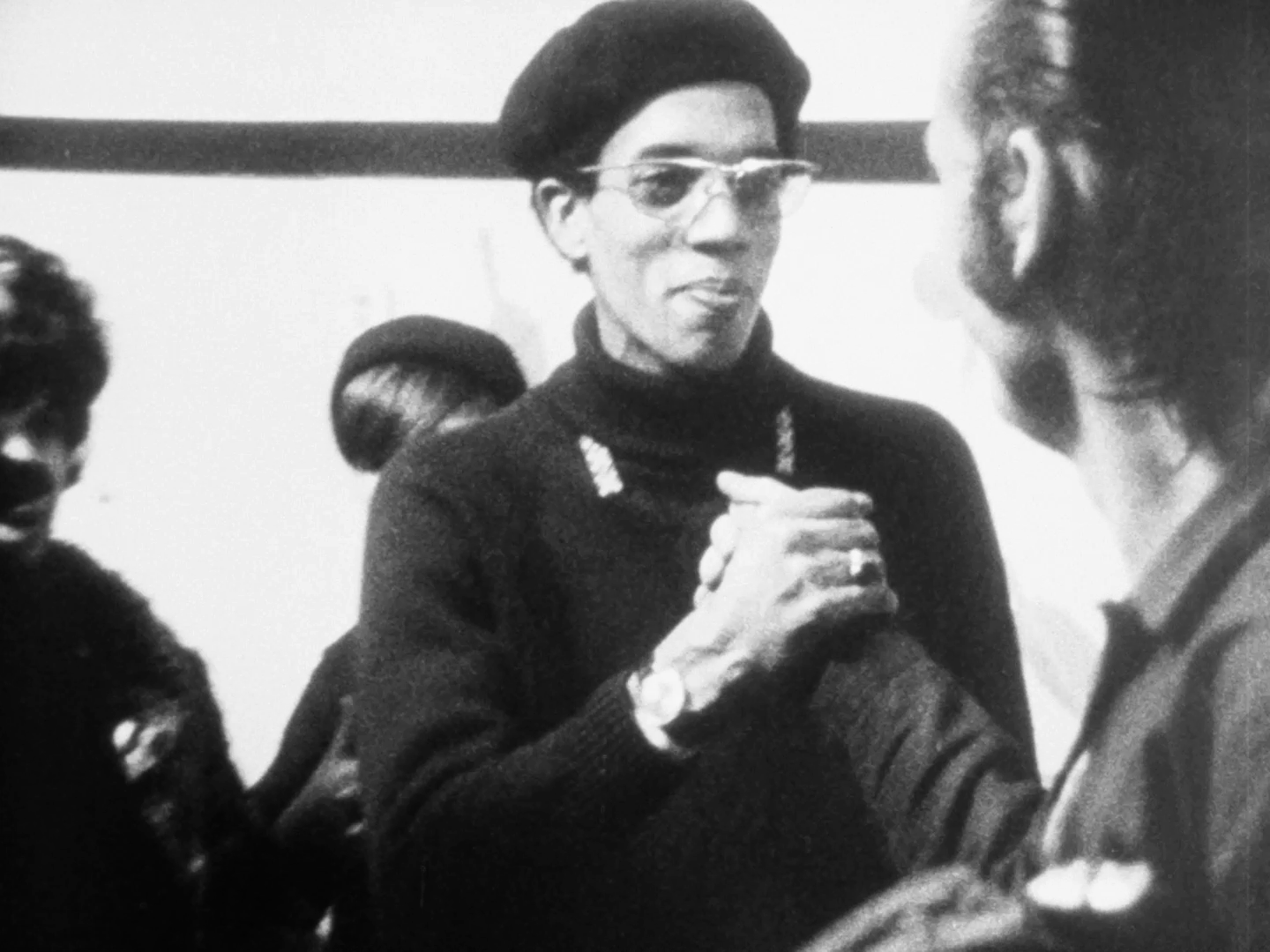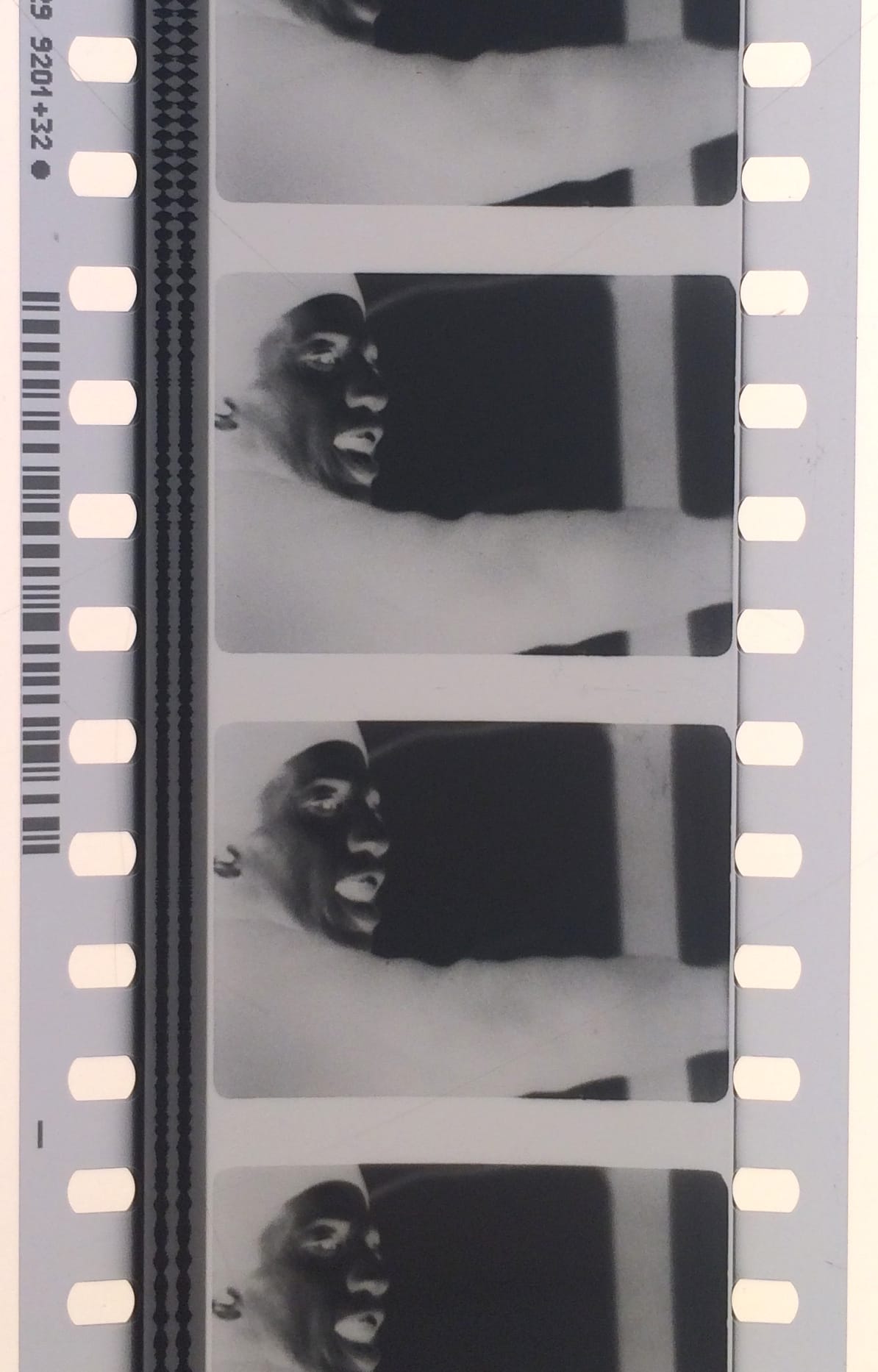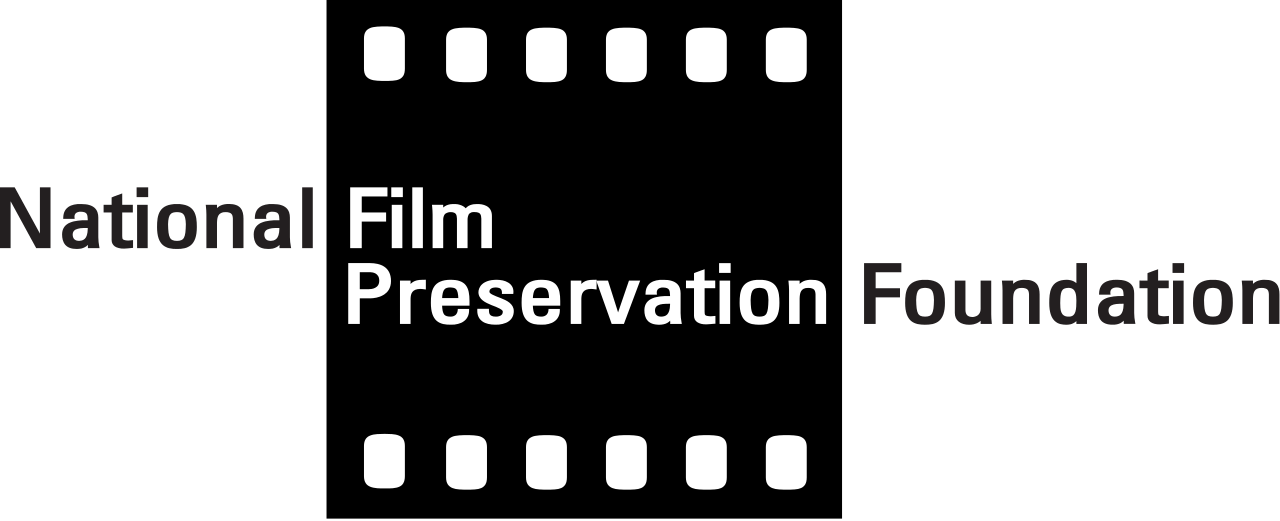American Revolution 2 (1969)


The source material for the preservation project was a 35mm positive black and white print with dual bilateral variable optical sound, in fairly good condition with minimal visible damage. Unfortunately, most of the original elements were lost years ago. Therefore, the best preservation plan for American Revolution 2 was to produce a new duplicate negative, a 35mm negative optical soundtrack, and a 35mm composite sound black and white answer print. The photochemical preservation was carried out by our friends at Colorlab.
The Film Group was a loosely knit collective of commercial and documentary filmmakers (including Mike Gray, Chuck Olin, and William Cottle) based in Chicago during the latter half of the 1960s. They experimented with the new cinema verité style of documentary filmmaking, and cleverly applied it to the commercials and sponsored films they produced for their clients. But the climate of social unrest that sprang from the Vietnam War and the civil rights movement contributed to a growing dissonance between their commercial and documentary work. As a result, they focused their energies on documenting the tremendous wave of socio-cultural change enveloping the country, and abandoned their commercial work.
American Revolution 2 reveals the filmmakers’ attempts to gain a deeper understanding of race relations, by following Black Panther member Bobby Lee in his efforts to find common cause with the poor Appalachian white community living in Chicago’s Uptown neighborhood who had branded themselves the Young Patriots. The seemingly disparate groups find that they share similar economic and political objectives, and are able to engage in a discourse that overcomes racial differences.
American Revolution 2 was released in 1969 but faced very limited distribution. Despite not being widely seen until relatively recently, the film has slowly gained recognition for the eloquence and energy with which it captures this vital moment in contemporary American history.



